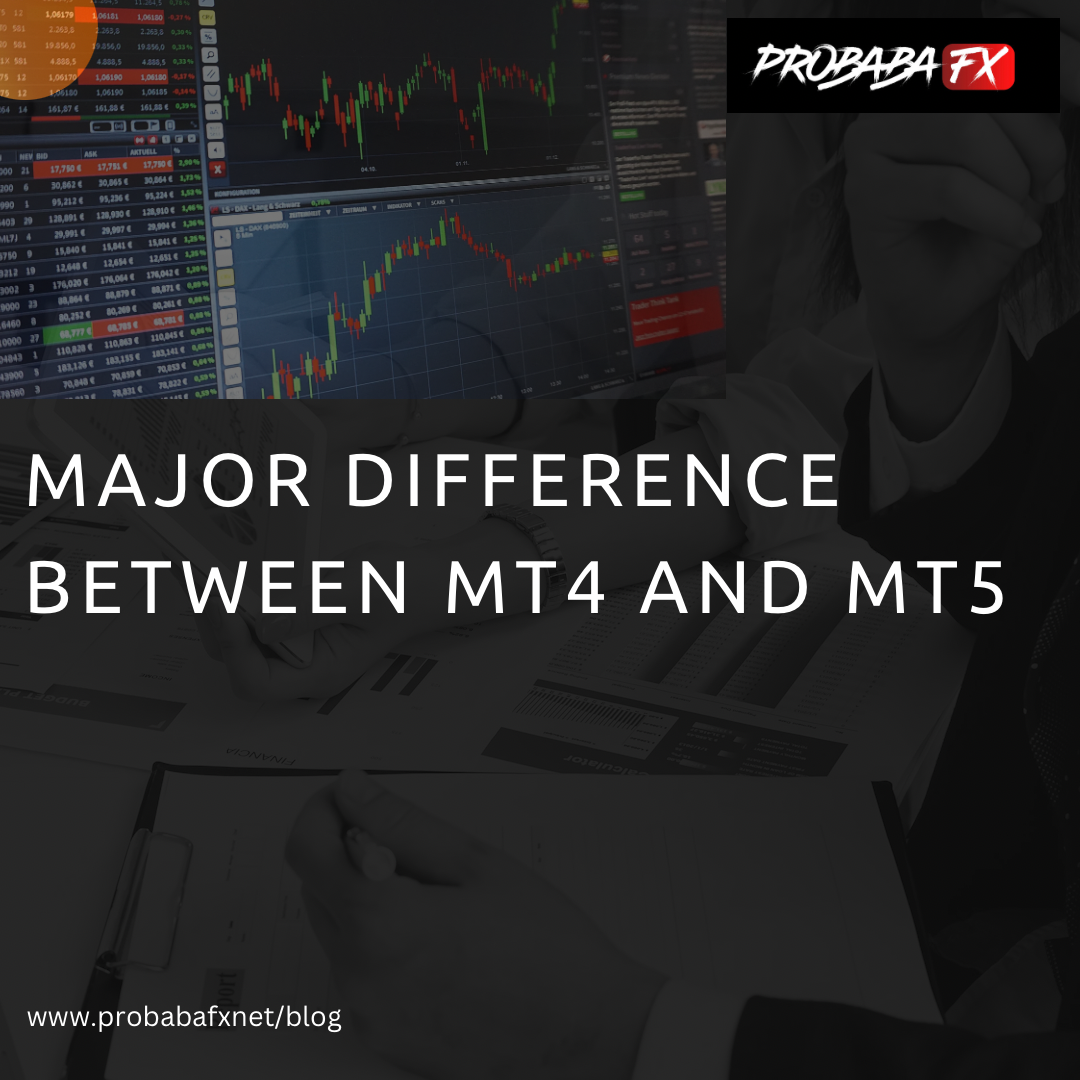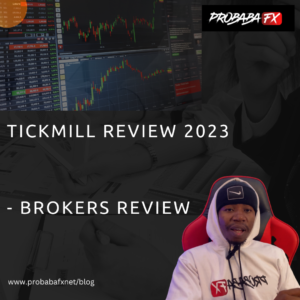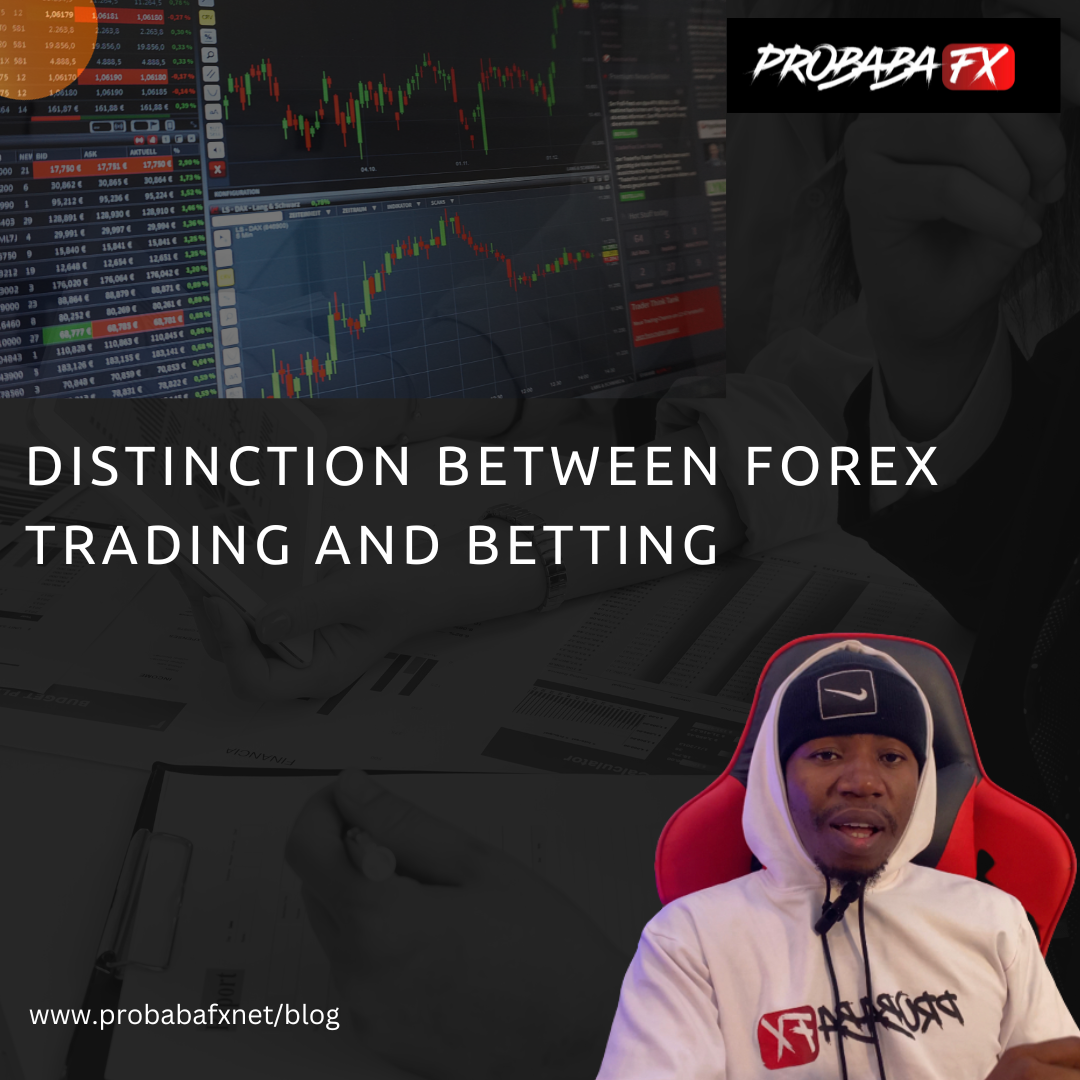The platform you select may have a big influence on how successful your trades are in the fast-paced world of forex trading. The user-friendly design and robust features of MetaTrader, created by MetaQuotes, make it a popular option for traders. But how are MetaTrader 4 (MT4) and MetaTrader 5 (MT5) different? To help you make an informed decision for your trading adventure, we’ll analyze the major differences between these two platforms in this detailed guide.
Why MetaTrader?
Let’s quickly go through the reasons why MetaTrader is the preferred option for traders all around the world before we get into the comparison. Each of MT4 and MT5 provides:
- A user-friendly interface makes navigating simple for traders of all experience levels.
- Customization: Use customizable Expert Advisors (EAs), scripts, and indicators to make your trading experience more unique.
- Access an extensive selection of technical analysis tools, charts, and timeframes.
- One-Click Trading: Use the one-click trading capability to complete deals quickly.
- Mobile Trading: Use mobile versions for trading while you’re on the go to stay connected to the market.
Let’s now look at the main variations:
1. Market Coverage:
- MT4: Designed primarily for forex trading, MT4 gives users access to both the FX and CFD markets.
- MT5: Provides access to the stock, commodity, and futures markets in addition to currency and CFDs. Trading on more exchanges is also supported.
2. Timeframes:
- MT4: Provides 9 timeframes, including M1, M5, M15, M30, H1, H4, D1, W1, and MN.
- MT5: Expands timeframes to 21 and adds additional elements like M2, M3, M4, M6, H2, H3, H6, H8, H12, and others.
3. Programming Language:
- MQL4 is the language that is used to build expert advisors and specialized indicators for MT4.
- MQL5 is an improvement over MT5. It is more customizable, gives a greater selection of trading strategies, and has complex algorithms.
4. Hedging:
- Hedging is possible with MT4, enabling traders to hold buy and sell positions for the same asset concurrently.
- MT5: Introduces a “hedging not allowed” regulation that mandates traders shut out a position before taking one in its place. This might have an effect on some hedging strategies.
5. Number of Orders:
- The two order types that are supported by MT4 are Market Execution and Pending Orders (Buy Limit, Buy Stop, Sell Limit, Sell Stop).
- The number of order types on MT5 has increased to four: Market Execution, Pending Orders, Buy Stop Limit, and Sell Stop Limit. This provides additional order placement options.
6. Economic Calendar:
- MT4: Doesn’t have a built-in economic calendar.
- With the integrated economic calendar in MT5, traders may make decisions based on current economic news and events.
7. Depth of Market (DOM):
- Depth of Market is not available in MT4.
- DOM is a feature of MT5 that enables users to examine market liquidity and depth for a certain instrument.
8. Additional Timeframes:
- Supports nine offline chart timeframes in MT4.
- Expands to 21 offline chart timeframes in MT5, giving traders additional alternatives.
9. Netting and Hedging Accounts:
- MT4: Provides separate accounts for netting (one position per symbol) and hedging (many positions per symbol).
- MT5: offers greater flexibility by combining netting and hedging features into a single account.
10. Built-In Indicators:
- MT4 has 30 technical indicators already built in.
- MT5: Includes extra oscillators and trend indicators among its 38 built-in technical indicators.
Summary:
The decision between MetaTrader 4 (MT4) and MetaTrader 5 (MT5) relies on your particular trading demands and preferences, even if both offer advantages. MT4 can be adequate if you want a simpler interface and primarily trade FX. MT5 is the obvious pick, though, if you’re looking for a wider variety of assets, more complex timeframes, and sophisticated trading methods.
In the end, your choice should be consistent with your trading objectives and the assets you want to trade. Regardless of the platform you use, keep in mind that your abilities, tactics, and discipline, rather than the platform itself, will determine your level of trading success.
#MT4vsMT5 #ForexTrading #TradingPlatforms #MetaTrader #Probabafx




